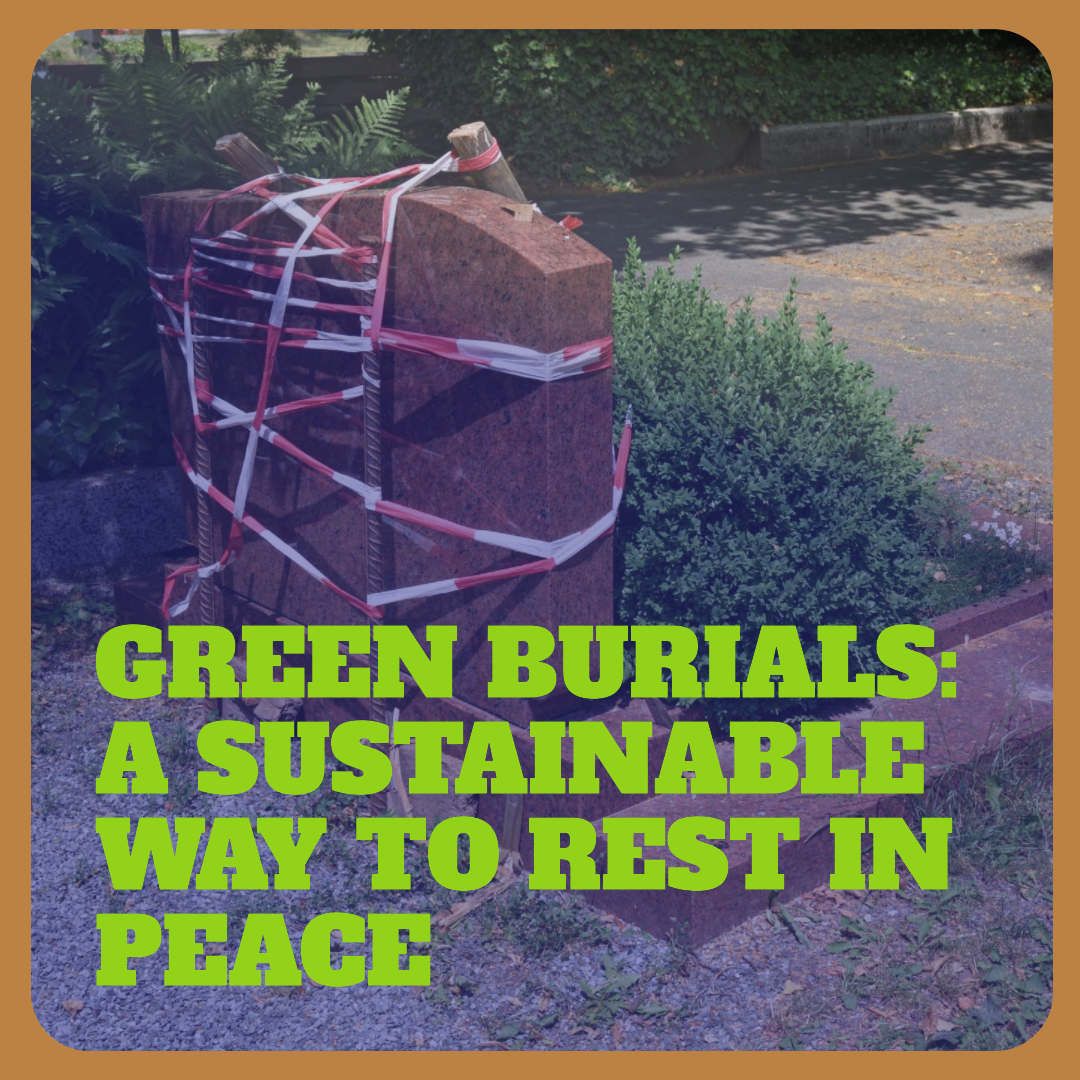
STANLEY IceFlow Stainless Steel Tumbler with Straw, Vacuum Insulated Water Bottle for Home, Office or Car, Reusable Cup with Straw Leak Resistant Flip
$44.91 (as of July 27, 2024 07:30 GMT +00:00 - More infoProduct prices and availability are accurate as of the date/time indicated and are subject to change. Any price and availability information displayed on [relevant Amazon Site(s), as applicable] at the time of purchase will apply to the purchase of this product.)Introduction
As the world becomes more conscious of environmental sustainability, even the way we bid farewell to our loved ones is evolving. Eco-friendly burial practices, also known as green burials, embrace the principles of conservation and ecological responsibility. These practices aim to minimize the environmental impact of burial while honoring the deceased. This comprehensive guide delves into the significance of eco-friendly burial practices, their methods, benefits, challenges, and their role in promoting a greener future.
Understanding Eco-Friendly Burial: A Pathway to Conservation
Eco-friendly burial practices prioritize the conservation of natural resources, reduction of environmental impact, and the return of the body to the earth in its most natural form. These practices resonate with individuals who seek a more harmonious way of honoring life and death.
A Reverent Return to Nature: The Essence of Green Burials
Green burials embrace the idea of returning to the earth in a way that nourishes the environment. Bodies are laid to rest without the use of embalming chemicals, non-biodegradable caskets, or concrete vaults, allowing decomposition to occur naturally.
The Environmental Impact of Conventional Burials
Conventional burial practices involve embalming fluids and non-biodegradable materials that can harm soil, water, and air quality. These practices contribute to the depletion of natural resources and the release of harmful substances into the environment.
Eco-Friendly Burial Methods: Harmonizing with the Earth
Eco-friendly burial methods include shrouding the body in biodegradable materials or using eco-friendly caskets made from materials like bamboo, wicker, or sustainably harvested wood. Natural burial preserves the body’s return to the earth’s cycle.
Natural Burial Sites: Preserving Green Sanctuaries
Natural burial sites are designated areas specifically designed for green burials. These sites are often set in natural landscapes, such as forests or meadows, where the body can decompose naturally and contribute to the ecosystem.
The Benefits of Eco-Friendly Burial Practices
Eco-friendly burial practices offer a range of benefits, including reduced carbon footprint, preservation of natural habitats, conservation of resources, and the establishment of meaningful connections between life, death, and the environment.
Challenges and Considerations in Green Burials
Challenges in eco-friendly burials include limited awareness, cultural norms, regulatory hurdles, and the need for accessible natural burial sites. Overcoming these challenges requires collaboration among stakeholders.
Cultural and Spiritual Perspectives on Green Burials
Many cultural and spiritual beliefs align with eco-friendly burial practices. These practices resonate with concepts of life cycles, natural transitions, and the interconnection between humans and the environment.
Legal and Regulatory Aspects of Eco-Friendly Burials
Legal and regulatory considerations play a role in the establishment of natural burial sites and the adoption of green burial practices. Advocacy and policy changes are essential to accommodate these practices within existing frameworks.
Educational Outreach: Raising Awareness
Raising awareness about eco-friendly burial practices is essential to encourage informed decision-making. Educational initiatives help individuals understand the options available to them and the environmental impact of their choices.
Global Adoption and Local Initiatives
Eco-friendly burial practices are gaining traction globally, with dedicated natural burial sites and institutions advocating for greener burial alternatives. Local initiatives play a crucial role in promoting these practices within communities.
Real Stories of Eco-Friendly Burials
Real stories of individuals choosing eco-friendly burials highlight the meaningful connections between life, death, and the environment. These stories reflect a growing desire to leave a positive legacy and minimize one’s impact on the earth.
Conclusion: Resting in Peace, Nurturing the Earth
Eco-friendly burial practices offer a profound way to honor life while nurturing the earth for future generations. By returning to the earth in a natural and sustainable manner, individuals can leave a lasting legacy that aligns with environmental stewardship.
FAQs
Q1: Can I have an eco-friendly burial in a traditional cemetery? A: Some traditional cemeteries offer sections or options for eco-friendly burials, while others may not. It’s important to inquire with cemeteries about their burial practices and available options.
Q2: What materials are used in eco-friendly caskets? A: Eco-friendly caskets are typically made from biodegradable materials such as bamboo, wicker, willow, cardboard, or sustainably harvested wood. These materials allow for natural decomposition.
Q3: Are embalming fluids used in eco-friendly burials? A: No, embalming fluids are not used in eco-friendly burials. Green burials prioritize the avoidance of chemicals and allow the body to decompose naturally.
Q4: How do eco-friendly burial practices align with religious beliefs? A: Many religious beliefs embrace the idea of returning to the earth in a natural way. Eco-friendly burial practices align with concepts of life cycles, humility, and the interconnectedness of humans with the environment











